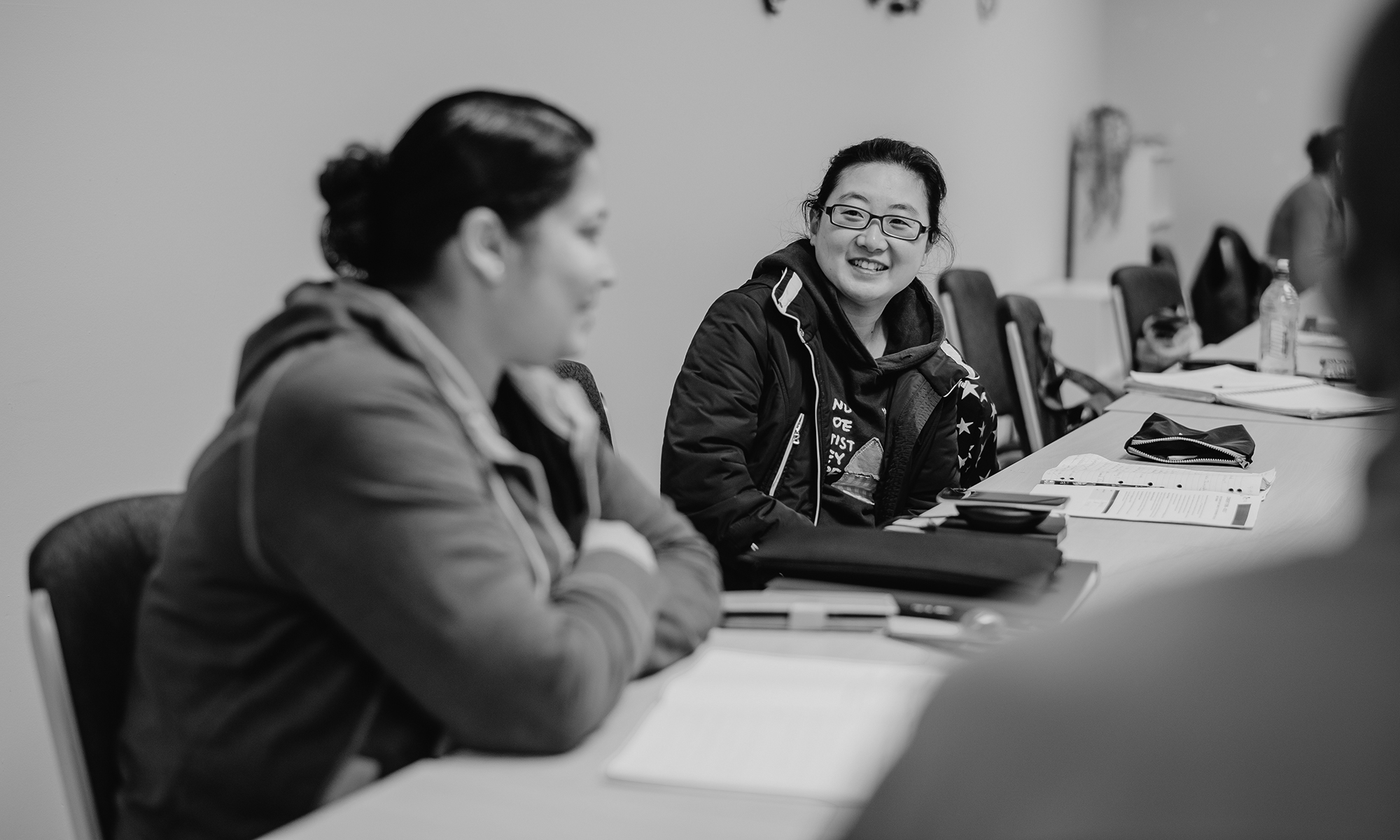Author: Sandra Elsom, Ruth Greenaway & Margaret Marshman
University of the Sunshine Coast
Edition: Volume 57, Number 2, July 2017
Summary: The benefits of higher education to individuals and to society are acknowledged both in Australia and internationally. Increased access to higher education means that greatly diverse students are beginning their tertiary learning journey. We investigate the experiences of a group of non-traditional students undertaking a tertiary preparation program at a regional university, based at a satellite campus in a low socio-economic area. Bourdieu’s conceptual tools are used to frame the significance that symbolic capital has on the experience of students. Using phenomenography, the experiences of nine students were recorded and interpreted. Interviews were used to identify which aspects of the university experience they considered were the most important. Students’ motivation, social networks, staff-student interactions and the various challenges were among the most important experiences mentioned. These combined to create three analogous categories, stairway, doorway and hallway (SDH). The students’ experiences in the program may be likened to a stairway that must be climbed; a doorway that must be passed through; or a hallway that offers opportunities for exploration along the journey. The SDH model is a useful way to categorise students, to identify their experiences and develop strategies to support them.
Keywords: Tertiary preparation, bridging programs, non-traditional students, satellite campus, widening participation, access to higher education
![]()
![]()
![]()
![]() Share a copy of this abstract.
Share a copy of this abstract.
This article is part of AJAL, Volume 57_2. The entire volume is available in .pdf for purchase here.
